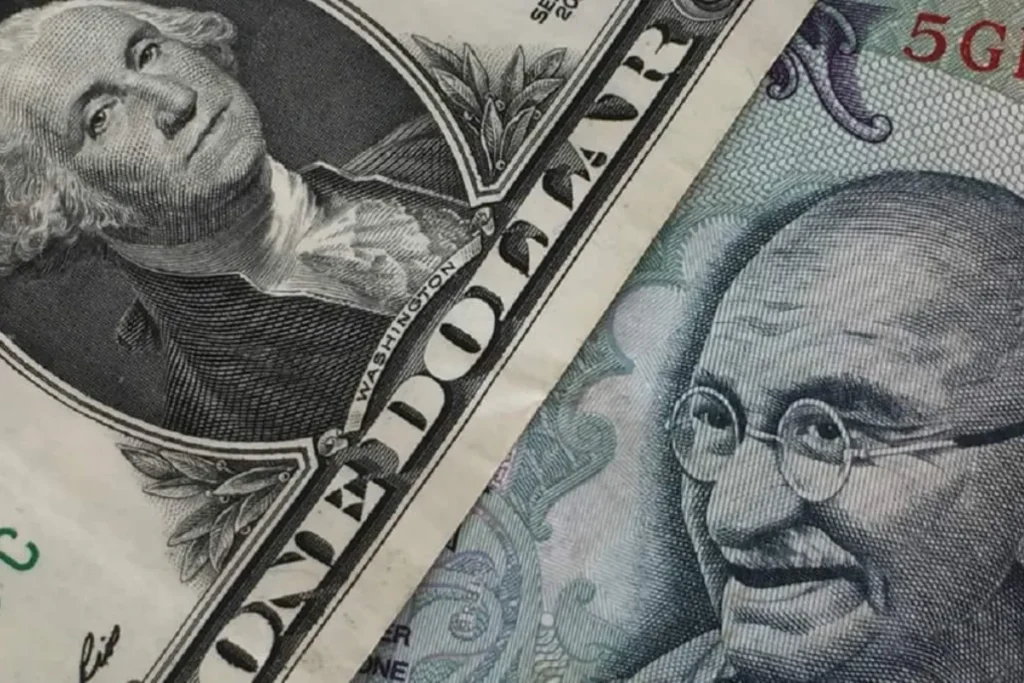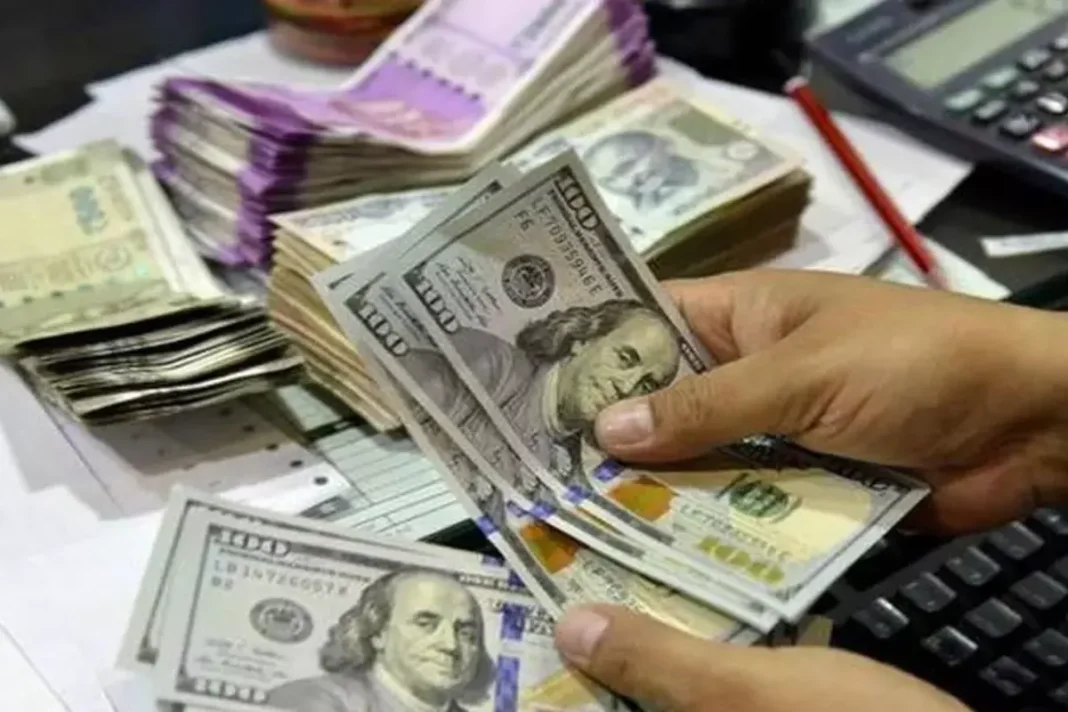Reserve Bank of India, made a significant move in June 2022 by permitting the use of Indian rupees for international trade transactions. However, the attempt to shift away from the widespread use of the US dollar in crucial sectors like oil trade faces considerable challenges. In this article, we will explore why RBI initiated this move, the obstacles encountered, and why the US dollar remains predominant in global trade. What motivated RBI to make this currency shift, and what factors are impeding the Indian rupee’s prominence? Let’s delve into the details.
India’s Stance on Crude Oil Trade in Rupee
The decision to internationalize the Indian rupee was prompted by the scarcity of dollars in the global market, a challenge experienced by numerous developing nations, India included. The RBI’s objective was to fortify trade relations with South Asian nations like Bangladesh and Sri Lanka, both of which were grappling with their own dollar shortages, particularly in crude oil transactions. The key goals of this initiative were to lower transaction costs, ensure price transparency, and expedite settlement processes.

Furthermore, the decision was seen as a potential remedy to the strength of the US currency, which had posed challenges for various countries in the past year. Experts believed that this move could potentially improve India’s trade dynamics with neighboring countries facing similar dollar shortages in the context of crude oil transactions.
RBI’s Admission and Challenges
Contrary to India’s aspirations, the oil ministry recently disclosed that the push for rupee transactions in crude oil imports has encountered resistance from suppliers. Their concerns centered around the complexities of fund repatriation and the perceived high transactional costs associated with the Indian currency. Presently, the US dollar remains the default payment currency for all global crude oil contracts, adhering to established international trade practices.
While some non-oil trades have occurred in rupees with select countries, oil exporters continue to exhibit a preference for the US dollar. The RBI has proactively cautioned Indian high street banks about the risks associated with relying solely on one currency, emphasizing the need to prepare for an emerging multi-currency world.

The dominance of the US dollar is rooted in several factors, including the geopolitical turmoil in the European Union due to the Ukraine and Russia conflict, the decline in the UK pound, concerns about China’s credibility, and Japan’s economic challenges, leading to its classification as the worst-performing currency in the last three years. The US dollar’s market liquidity further solidifies its standing as the primary choice for global transactions.
In response, the RBI clarified that the internationalisation of the Indian rupee is not currently feasible. Such a process would involve the currency being held beyond borders, used for transactions between Indian residents and non-residents, and employed in trade between residents of foreign countries – a set of conditions that currently render the replacement of the US dollar impossible.
Crude Oil Trade Mechanism And Why US Dollars Dominate
In the world of buying and selling crude oil, we use a particular money system, like using dollars or euros to buy things. For crude oil, the favorite money is the United States Dollar (USD). Imagine crude oil has its own language, and that language is mostly in dollars. So, when countries want to buy or sell crude oil, they agree to use dollars for the transactions. This makes it easier for everyone to understand and trade without confusion.
Now, why is the United States Dollar so popular in this crude oil language? First, the United States has a really strong and steady economy, like a big, reliable piggy bank. Many countries around the world like to keep some of their money in dollars, just in case they need it. This has made the USD the main currency that countries use for important things like buying oil.

There’s also something called the “petrodollar system.” Imagine if you could only buy your favorite toys using special Toy Bucks, and everyone wanted those Toy Bucks. Similarly, oil is mostly bought and sold using dollars. So, countries need to have some dollars to get the oil they need. This has made the USD like a superstar currency in the world of oil.
Plus, the United States is like a big trading hub with lots of places to buy and sell things, making it easy for everyone to use dollars. It’s like going to a giant marketplace where everyone speaks the same language – in this case, the language of dollars. All these reasons together make the United States Dollar the main character in the story of buying and selling crude oil around the world.
Keep watching our YouTube Channel ‘DNP INDIA’. Also, please subscribe and follow us on FACEBOOK, INSTAGRAM, and TWITTER


